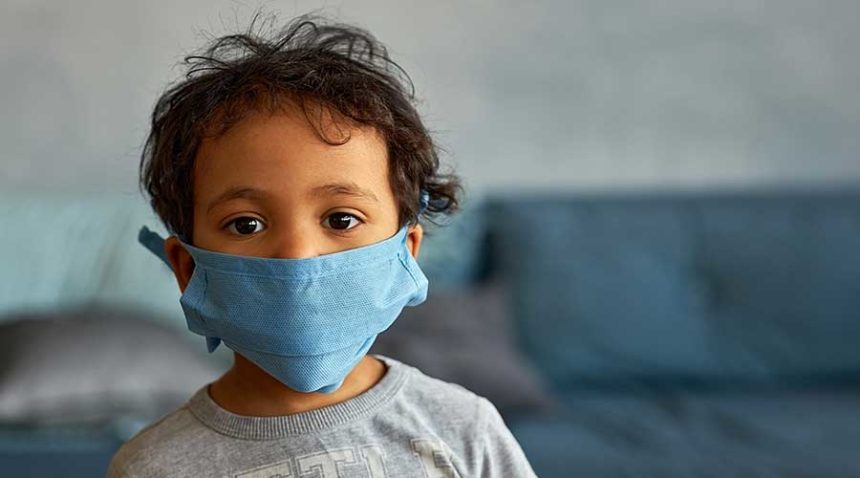It wasn’t the holiday surprise parents of the smallest children wanted: Pfizer announced that their COVID-19 vaccine trials in children younger than 5 did not produce an adequate immune response. That means they didn’t work as well in producing COVID-19-fighting antibodies as hoped.
So, instead of moving forward and applying for emergency use authorization, possibly bringing vaccines to children under 5 in the first months of 2022, they will continue the trials, testing a third dose.
It’s important to note: The vaccine was safe and did not cause any unexpected or major side effects. The problem was that it was not as effective as it needs to be.
For more on why, and what parents need to know and do next, we talked to UNC Health pediatrician Edward M. Pickens, MD.
Why didn’t the vaccine work in toddlers and preschoolers?
They didn’t get the dose right. The adult dose is 30 micrograms, and they assumed you need less and less as you get smaller. So they used 10 micrograms in children ages 5 to 11, and that works well. Then they went to 3 micrograms for children younger than 5. Two doses at 3 micrograms worked well in babies, ages 6 months up to age 2, but it wasn’t a big enough dose for the children ages 2 to 4.
What happens now?
Now they’re going to see if a third dose for the 2-to-4-year-olds produces an adequate immune response. That will keep them from having to start over from scratch with another dose. We already know this dose is safe and didn’t have many side effects. This doesn’t mean all hope is lost. It just means we need further study.
Are you optimistic the third dose will work?
Yes, I am. But they have to do the trials for us to know for sure.
How long is this going to take? When might we have vaccines for children under 5?
The official word is first half of 2022. If you think about it, each step along the way has taken five to six months. We got vaccines for adults approved in December 2020. Then, in May, it went to 12 and up. In November, it was ages 5 to 11. So it makes sense that this will come in late spring 2022.
Because the two doses at 3 micrograms worked for infants and toddlers up to age 2, could that age group get approval first?
Pfizer hasn’t said. I know it’s tough, but we just have to wait for more information on this entire age group, and in the meantime, stay vigilant about COVID-19 prevention.
Should parents of young children do anything differently in light of this news that an available vaccine will take longer than many expected?
No, this doesn’t change much. People still need to be diligent about masking, hand-washing and limiting exposure to other people. We’re coming up on two years of the pandemic, and people are very tired of this, but now is not the time to let your guard down, it’s the time to be very careful. The omicron variant is spreading rapidly, and the delta variant is still out there, too.
What do we know about the risk of COVID-19 complications in the youngest children?
The majority of children we’re seeing in this age group, the preschool age group, are having cold symptoms: congestion, cough, runny nose, fever—symptoms that are very similar to the colds they get at this age anyway. Of course, there have been tragic cases in this age group of children getting very ill and even dying. There is always the possibility of a child getting sicker than you expect, but the vast majority of children are not getting sicker. They can and do, however, pass the virus on to others, including adults at higher risk.
If you have questions about your child’s health, talk to your pediatrician. If you need a pediatrician, find one near you.

